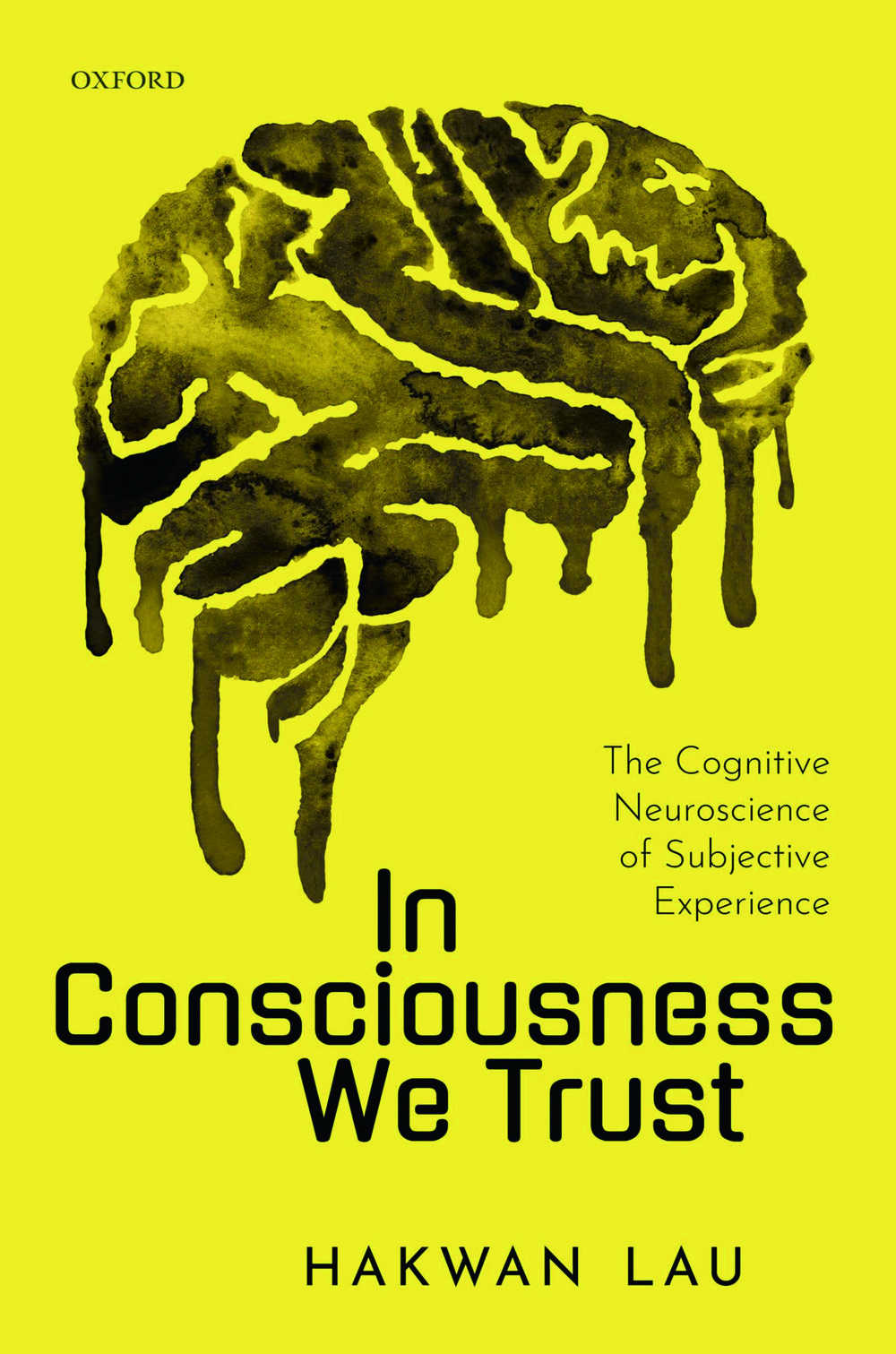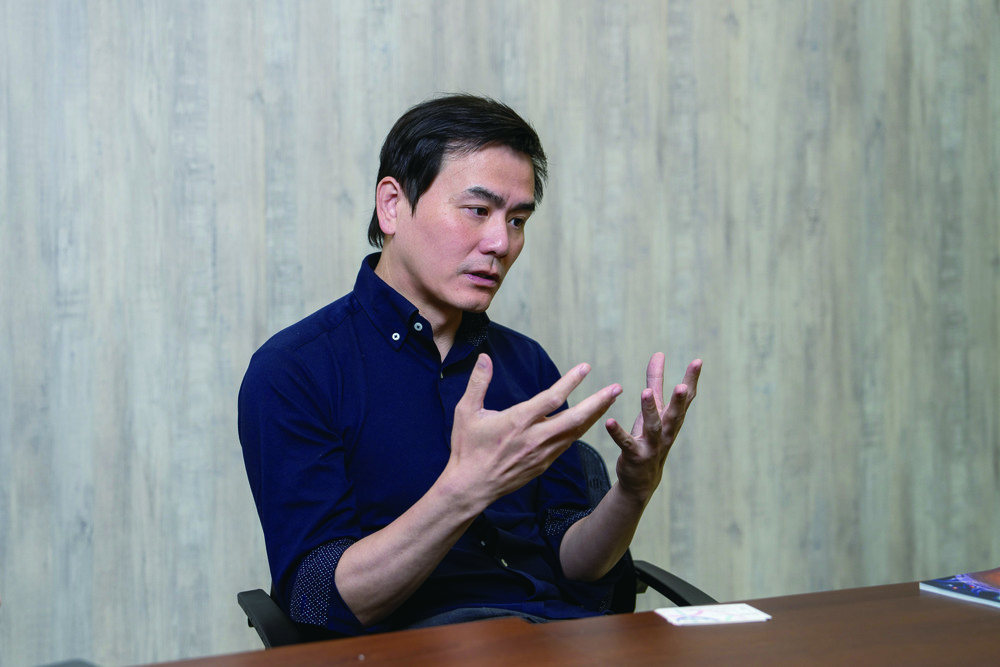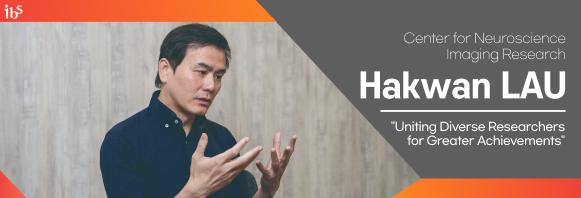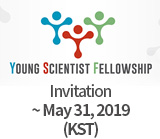주메뉴
- About IBS 연구원소개
-
Research Centers
연구단소개
- Research Outcomes
- Mathematics
- Physics
- Center for Underground Physics
- Center for Theoretical Physics of the Universe (Particle Theory and Cosmology Group)
- Center for Theoretical Physics of the Universe (Cosmology, Gravity and Astroparticle Physics Group)
- Dark Matter Axion Group
- Center for Artificial Low Dimensional Electronic Systems
- Center for Theoretical Physics of Complex Systems
- Center for Quantum Nanoscience
- Center for Exotic Nuclear Studies
- Center for Van der Waals Quantum Solids
- Center for Relativistic Laser Science
- Chemistry
- Life Sciences
- Earth Science
- Interdisciplinary
- Center for Neuroscience Imaging Research (Neuro Technology Group)
- Center for Neuroscience Imaging Research (Cognitive and Computational Neuroscience Group)
- Center for Algorithmic and Robotized Synthesis
- Center for Nanomedicine
- Center for Biomolecular and Cellular Structure
- Center for 2D Quantum Heterostructures
- Institutes
- Korea Virus Research Institute
- News Center 뉴스 센터
- Career 인재초빙
- Living in Korea IBS School-UST
- IBS School 윤리경영


주메뉴
- About IBS
-
Research Centers
- Research Outcomes
- Mathematics
- Physics
- Center for Underground Physics
- Center for Theoretical Physics of the Universe (Particle Theory and Cosmology Group)
- Center for Theoretical Physics of the Universe (Cosmology, Gravity and Astroparticle Physics Group)
- Dark Matter Axion Group
- Center for Artificial Low Dimensional Electronic Systems
- Center for Theoretical Physics of Complex Systems
- Center for Quantum Nanoscience
- Center for Exotic Nuclear Studies
- Center for Van der Waals Quantum Solids
- Center for Relativistic Laser Science
- Chemistry
- Life Sciences
- Earth Science
- Interdisciplinary
- Center for Neuroscience Imaging Research (Neuro Technology Group)
- Center for Neuroscience Imaging Research (Cognitive and Computational Neuroscience Group)
- Center for Algorithmic and Robotized Synthesis
- Center for Nanomedicine
- Center for Biomolecular and Cellular Structure
- Center for 2D Quantum Heterostructures
- Institutes
- Korea Virus Research Institute
- News Center
- Career
- Living in Korea
- IBS School
News Center
| Title | Uniting Diverse Researchers for Greater Achievements | ||||
|---|---|---|---|---|---|
| Name | 전체관리자 | Registration Date | 2025-04-15 | Hits | 5240 |
| att. |
 getImage.png
getImage.png
|
||||
Uniting Diverse Researchers for Greater Achievements
In September 2024, IBS appointed Hakwan LAU, Team Leader at the Japan Institute of Physical and Chemical Research (RIKEN), as Co-Director of the Center for Neuroscience Imaging Research. Director LAU has received attention for his research that combines psychology and neuroscience. His goal in IBS is to ‘find the fundamental cause for why humanity experiences the world differently from animals’. I met the newly appointed Director Lau at the Sungkyunkwan University N Center and heard about the changes in the Center for Neuroscience Imaging Research. Q1. Center for Neuroscience Imaging Research was established in 2013; it is already 11 years old. What will change with the arrival of Director Hakwan LAU? A1. Center for Neuroscience Imaging Research is led by the MRI physicist Director KIM Seong-Gi. Compared to other IBS centers, the Center for Neuroscience Imaging Research has placed importance on developing research methodologies, since Director Kim specialized in methodology research. Due to this unique characteristic, the center has leaned away from a top-down approach where the director dictates the research agenda. Usually, studies were done in a bottom-up method, with each principal investigator (PI) focusing on their own distinct research topics. However, IBS centers are expected to maintain consistency in their research themes, and I believe I can help address this aspect. Q2. The top-down and bottom-up are two completely different decision-making processes in choosing research topics. Wouldn’t there be confusion with a sudden change? A2. I don't view the top-down and bottom-up approaches as competing methods simply because of their difference in directions. Instead, they should complement each other. Even our brains use both top-down and bottom-up methods to solve problems. The same goes for decision-making related to research topics. Both methods can be used and synthesized. All PIs use the same equipment as they study their respective topics. My role is to integrate the Center beyond the previous notion of a single research center. I will come up with topics that can be co-researched and build collaboration that enables the PIs to produce better research results. Before joining IBS, I observed in the U.S. and Japan that while PIs often pursued their independent research while sharing resources, there were few cases like the Center for Neuroscience Imaging, where collaborative research topics were actively sought and studied. The center's members are already producing excellent results under the current system. I believe bringing them together will yield even more remarkable achievements. It will be an exciting challenge for me. Q3. It seems there will be significant challenges in uniting the center's members. Do you have any unique strategies or solutions? A3. I have a rather unique background. I started as a student of philosophy. I have a humanities foundation, and some but not profound knowledge of computer science. I also briefly studied human neuroscience. Because of this, I had a sense of inferiority for lacking technical expertise in studying science. However, I realized that my background is not only a drawback but an advantage. I got used to asking and collaborating with other professionals. Because I had to work with students who were much better than I was in certain fields, I could not do research simply by ordering. I had to collaborate I call this ‘soft skills.’ This is not a skill directly required in sciences but is becoming more important as the scale of science research grows. If you must work in a team of 20 people with different expertise, it’s important to maintain good social relations and understand and adjust the team’s limitations from various perspectives. This was my most frequently utilized expertise. Q4. Changing the focus of research from philosophy to science is taking a completely different direction. Was there a trigger for this change in thought? A4. A lot of people are curious about this. It’s not necessarily my choice, but a coincidence that made me who I am today. I did my bachelor’s in Hong Kong, and I wanted to go to the UK to study. I applied for the Rhodes Scholarship that supports graduate studies at Oxford University, UK and got selected. The problem was that philosophy was not one of the courses that were eligible for this scholarship. I either had to give up philosophy or give up the scholarship. Back then, I wanted to leave Hong Kong; so, I chose neuroscience instead of philosophy. At first, I told my advisor and coworkers that ‘I’ll quit soon and return to philosophy.’ However, as I continued working and collaborating with other researchers, I gradually became more focused on neuroscience. I became who I am now by sheer chance. But I believe that a lot of people, including myself, do not make conscious decisions; sometimes one thing leads to another. I started by chance, but now I am very content with where I am now. Q5. Is your background in philosophy related to your current research? A5. As I studied philosophy, I grew interested in the method that differentiates human emotions or consciousness from other animals. I am especially interested in subjective experiences. Let’s think about the feeling of pain. Pain is difficult to express as a mere signal. Pain can only be explained by including personal senses and feelings that cannot be limited to signal processing from the brain or physical reactions. This topic is the core of my research, which attempts to understand the essence of human consciousness by the intersection of philosophy and neuroscience. Consciousness science has often advanced in overly theoretical ways, lacking strong scientific evidence. I became a neuroscientist to make up for this shortcoming of consciousness science. I want to research in specific and substantial directions and avoid over-stressing specific arguments until I have enough scientific data. 
Book by Director Hakwan LAU, published in 2022. This book explains the neuroscientific approaches to consciousness and the essence of the cognitive science of consciousness. Q6. It must be difficult to develop subjective experiences to reliable data. How do you approach this? A6. In two angles. The first is individual differences, and the second is how individual differences connect to subjectivity. First, I use precision neuroscience to study individual differences. Traditionally, neuroscience collects data from dozens of people, calculates the average, and analyzes that data, since data from two or three people lack statistical power to represent the characteristics of the brain. But with the development of technology, we can now collect as much data as possible from a single person for comparative analysis. One person sometimes enters the scanner tens of times. This forms data that can help us understand the individual's neurologic characteristics. To understand subjectivity, I study the frontal lobe. The frontal lobe is known to be related to intellect or language, the aspects that make humans intelligent. This is the most developed area of the human brain, and it cannot be found in rats or other animals. Only primates have frontal lobes which are less developed than humans. I want to find out how the frontal lobe contributes to humans' perception and experience of the surrounding world. Finally, I plan to connect individual differences to frontal lobes. Recently, humans’ perceptional differences were found to be greatest in the frontal lobe. For example, people who are colorblind see the world differently from others because they have different cortex of vision. As such, the frontal lobe contains the reason people see the same thing but feel it differently. By understanding the differences in neuron networks in the frontal lobes of different individuals, I am trying to understand individual differences and subjectivity. Q7. To collaborate with diverse researchers, you’ll likely need to work with researchers both in and out of the Center. What are your plans for collaboration? A7. Of course. The Center for Neuroscience Imaging Research is already actively conducting research on humans, primates, and robots. We are open to other fields as well. I plan to collaborate with other centers that study neuroscience. I am planning a personnel exchange to co-research with the Center for Synaptic Brain Dysfunctions. I’m also interested in the research of the Center for Cognition and Sociality. My Center frequently utilizes fMRI to measure blood oxygen saturation. To understand brain function, we need to understand how blood oxygen signals are connected to neuron physiology. I anticipate that the astrocyte, currently the topic of research at the Center for Cognition and Sociality, plays an important role in explaining this relationship. I will be contacting them eagerly very soon. After arriving in Korea, I found out that neuroscience is quickly developing not only in IBS but also in other research centers in Korea. I look forward to interacting and collaborating with diverse researchers. 
Director Hakwan LAU looks forward to interacting and collaborating with diverse researchers. |
|||||
| Next | |
|---|---|
| before |
- Content Manager
- Public Relations Team : Yim Ji Yeob 042-878-8173
- Last Update 2023-11-28 14:20












